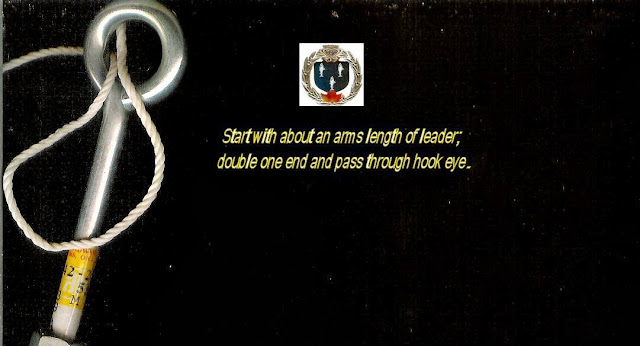OF COURSE, THE SMALL BARK TEEPEE, TIPI, WIGWAM, DEBRIS/WHATEVER HUT, DID NOT ORIGINATE IN ANY OF THE THREE AMERICAS AND IS, IN FACT, PROBABLY, OF AFRICAN ORIGIN.
MODERN VARIATIONS OF THIS: HUT, TEEPEE (TIPI), OR WIGWAM, NOW USUALLY CONSTRUCTED FROM NYLON, ARE IN VERY COMMON USAGE TODAY. YOU FIND THESE TENTS IN ANY OUTDOOR CAMPING SUPPLY AND MOST SPORTING GOODS STORES. THEY REMAIN AN INTEGRAL PART OF ANY COMPLETE SURVIVAL KIT.
You or I can not copyright public Domain Material.
Although you or I can "buy" a copy right, IT IS STILL THE ORIGINAL COPY RIGHT ; the time period is NOT extended.
If any group or person (archive, collector, First Nations, Museum, whatever;
claims ownership or attempts to restrict usage;
it is they that are in violation of the law,
NOT THE PERSON DOWNLOADING, OR OTHERWISE, MAKING USE OF THE MATERIAL FOR NON COMMERCIAL PURPOSES.
NOTE: none of the structures pictured are of bark construction.
Very similar to
the beaver lodge; and several other disaster, emergency survival, or debris
shelters; the small bark tipi evolved from the earlier dome-shaped
birch-bark wigwam of mostly Woodland Cree people. This, or a
similar, type of shelter was used by indigenous, clan/tribal, peoples on
every continent-worldwide-they were not exclusive to; or originate in; any of the
"Americas". Definitely they did not originate with any of the present "First Nations"or Métis; who are not aboriginal or indigenous; but are, in fact a very recently evolved; exclusively North
American; hybrid people.
These are individual nuclear family homes. They are easier to insulate in winter. than the conical small tipi shape. In addition to the woven reed mats, wigwams were covered in winter with a thick layer of dirt and sod, braced up around the sides and over the roof, after the danger of late fall rains was past. These structures are small. Most cooking was done outside (there was a very small heating fire centrally within). They were built anew each season at each camping place, with fresh birch bark and new matting insulation. These were shelters for sleeping, and to wait out the storms. By contrast, the Southern Plains bison hide tipi, with its large diameter, its high and controllable smoke exit, a design permitting a larger inside fire, was a roomy, yet cosy place--if, and when, you had and managed to maintain a sufficient supply of wood or other fuel-otherwise, because of the minimal insulation quality and rapid heat loss, you would much more quickly; freeze to death.
The wigwam's dome construction might be of bent willow, or the flexible, tough dogwood, often called "Bear Berry" Kinnikinnick (which actually means smoking mix; is not the name ofany berry, or plant.) or although I never ever heard it called such in Western Canada, apparently, for some strange, unknown, reason,"Red Willow" by some people of partial Algonquin heritage and considered one of the 4 Anishinaabe sacred plants.

Bear Berry or Kinnikinnick
http://en.wikipedia.org/wiki/File:Arctostaphylos-uva-ursi.JPG

The wigwam's dome construction might be of bent willow, or the flexible, tough dogwood, often called "Bear Berry" Kinnikinnick (which actually means smoking mix; is not the name ofany berry, or plant.) or although I never ever heard it called such in Western Canada, apparently, for some strange, unknown, reason,"Red Willow" by some people of partial Algonquin heritage and considered one of the 4 Anishinaabe sacred plants.
Bear Berry or Kinnikinnick
http://en.wikipedia.org/wiki/File:Arctostaphylos-uva-ursi.JPG
PICTURED BELOW;
THE SHRUB OR TREE USUALLY KNOWN TO WESTERN CANADIAN "CANADIANS"
THE SHRUB OR TREE USUALLY KNOWN TO WESTERN CANADIAN "CANADIANS"
AS PUSSY
OR
RED WILLOW,
AT LEAST IT'S A WILLOW,
AND UNLIKE BEAR BERRY,
IT IS RED
IT'S FROM THIS
RED OR PUSSY WILLOW
THAT WE GET
IT IS RED
IT'S FROM THIS
RED OR PUSSY WILLOW
THAT WE GET
SALICYLIC ACID-ASPIRIN
RED WILLOW-SALIX DISCOLOUR

Attribution: User:Bosto
IMAGE SOURCE http://en.wikipedia.org/wiki/File:PussyWillowBoston.jpg
Attribution: User:Bosto
IMAGE SOURCE http://en.wikipedia.org/wiki/File:PussyWillowBoston.jpg
©Al ( Alex, Alexander) D Girvan 2012 All rights Reserved































